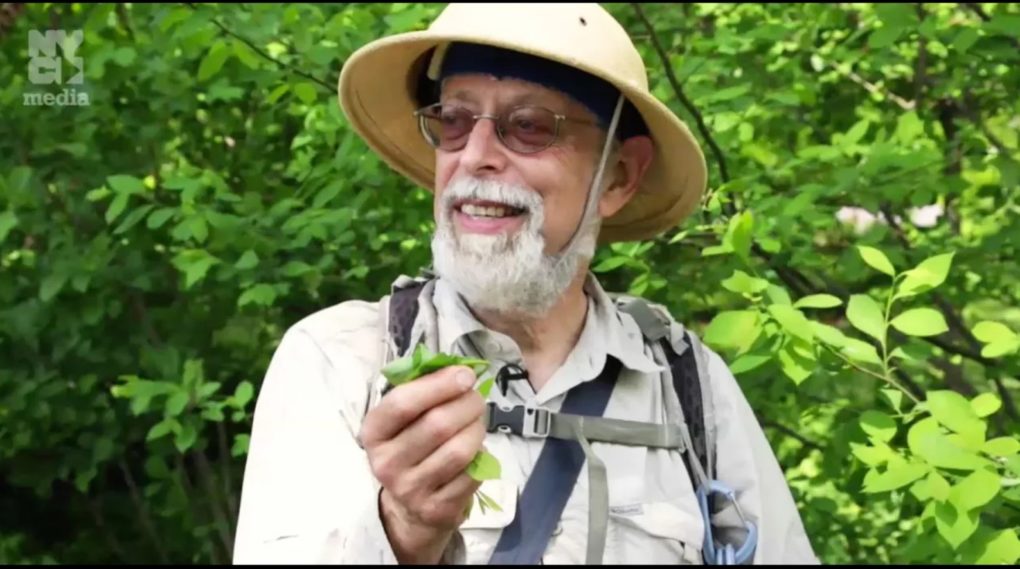Foraging With “Wildman” Steve Brill in Central Park (Updated)
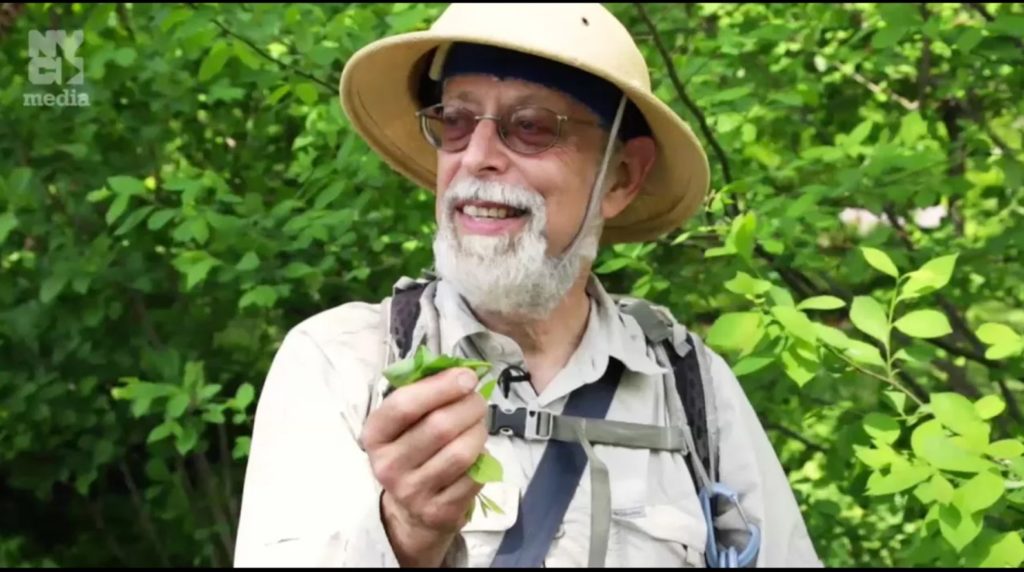 By Neenah Payne
By Neenah Payne
Foraging With “Wildman” Steve Brill and Violet reported on my foraging trip in Prospect Park in December 2021 with “Wildman” Steve Brill and his daughter Violet. Before going foraging again this year, I watched Steve’s informative DVD Foraging With The Wildman and again read through his book Foraging New York: Finding, Identifying, and Preparing Edible Wild Foods which I had bought last year. When I emailed Steve to say I was interested in buying his book Identifying and Harvesting Edible and Medicinal Plants, he brought it to the tour where he signed it.
Steve’s site at http://wildmanstevebrill.com/ is a treasure trove of information. The site links to his five books, three of which are shown below. Note: Steve signs his books when purchased from his site.
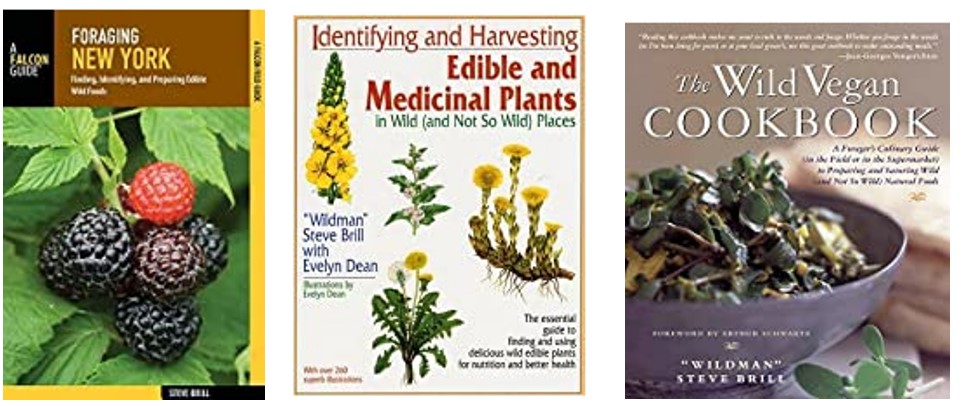
Tips Before Going Foraging
The December 4 tour in Central Park was Steve’s last this year. His tours resume in March and you will later be able to see the schedule on his site under “Events: Tour Calendar”. The Events/Travel Directions link shows the 23 sites where Steve offers tours. The Foraging/Wild Plants link includes photos and Steve’s drawings of 58 plants. This information allows you to go “foraging” while at home!
You can purchase Steve’s DVD Foraging With The Wildman on his site. It’s helpful to watch the DVD before going on a tour because the video provides lots of great tips like:
1 – Whistle: Bring a whistle to alert Steve if you get disconnected from the group. I purchased the Noopel Emergency Whistles Lifeguard Safety Whistle with Lanyard and Keychain which you can wear around your neck.
2 – Ziploc Bags: Bring Ziploc bags to store plants you want to take home.
3 – Honorable Harvest: Steve explains aspects of the “Honorable Harvest” discussed further below.
4 – Garden Gloves/Work Gloves: Gloves protect your hands when reaching through thorny bushes.
5 – Notepad and Pen: Bring a notepad and pen to take notes because Steve shares a LOT of very detailed information — some of which you might forget if you don’t document it immediately.
6 – Ticks: Tuck your slacks into your socks to protect against ticks that can cause Lyme Disease. Scan of your body when you get home. If you find any ticks, use tweezers to pull them out only by the head. Growing up, I learned that it’s important to burn them with a match in the bathroom sink!
7 – Peterson Field Guides: Steve recommends a number of books including Edible Wild Plants: Eastern/Central North America by Roger Tory Peterson. I also bought Peterson First Guide To Trees and Peterson Field Guide To Birds of Eastern and Central North America.
Bring lunch. It’s a good idea to have Steve’s cellphone number (914) 835-2153 in case you can’t find him or are running late. If the weather looks iffy the morning of the tour, you can call Steve to find out if he plans to hold the tour.
December Central Park Tour
About 30 people met Steve at Central Park West and 72nd Street at 11:45 on a beautiful fall day. Steve started the 4-hour tour by discussing the Gingko biloba tree behind the benches where we met. He explained its history as the oldest living tree. Steve first pretended he couldn’t remember one of the main benefits of Gingko biloba and then explained that it enhances memory!
Steve explained that the Gingko biloba fruit is poisonous, but the nut inside is delicious. He had us gather some of nuts and instructed us to later remove the fruit and bake the nuts at 300 degrees for 30 minutes. Then, the nuts can be bitten into like pistachios. A friend said just the information about how to use Gingko biloba nuts was worth the $20 cost of the tour! People in Fort Greene Park in my neighborhood in Brooklyn have been very dedicated in gathering these nuts every year and I’ve always wondered how they use them.
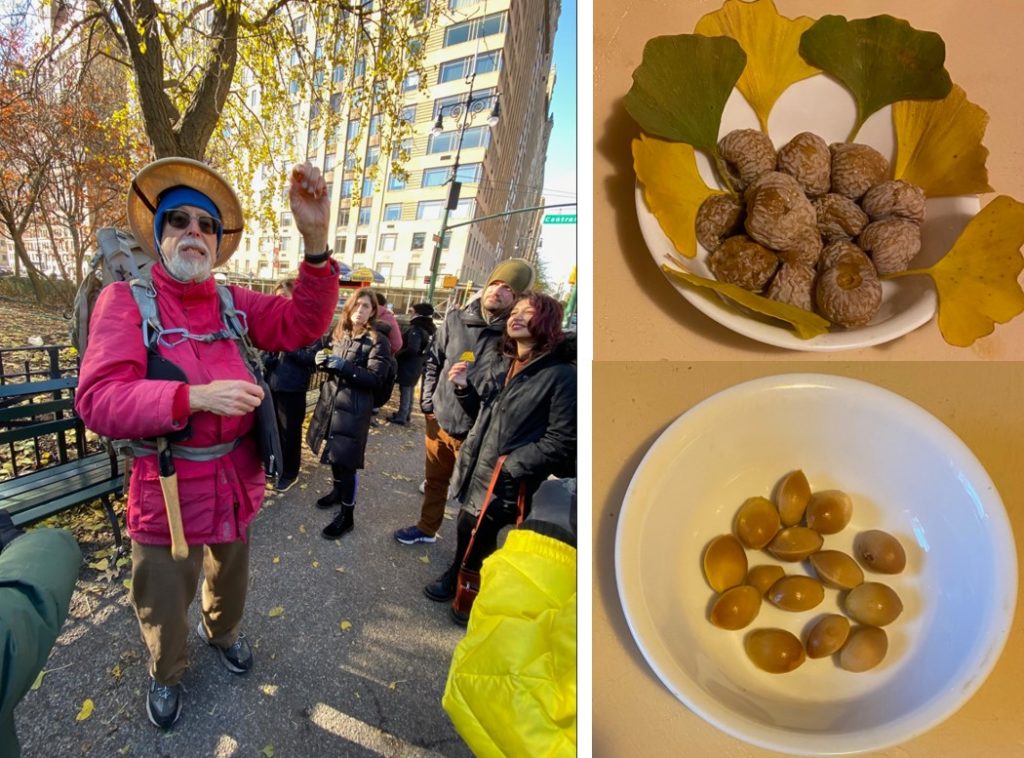
However, Steve showed us so much more. I particularly appreciated learning how to use the seeds of the Honey Locust and Black Locust tree (shown further below) since I have been collecting them this Fall out of fascination for their odd shape and musical quality.
Steve carries a shovel to facilitate digging up roots where appropriate. He is a very accomplished artist and displayed some of his drawings of parts of plants in different seasons. This greatly added to the tour because it allowed us to also see the leaves and flowers of each plant in Spring, Fall, and Summer.
Steve has a wonderful sense of humor that keeps the tour very light, and an unusual musical skill that he demonstrated on the “brillophone” — that produces music with his hands and mouth as shown below.
Steve explains on his site under “References: The Brillophone”:
“The brillophone is an instrument you make by cupping your hands and clapping them in front of your mouth. You form a small, circular opening with your lips, hold your breath, and open your throat as though you’re going to swallow or yawn. Air from the hole above your thumbs forcefully enters your mouth and creates an echo. You create different notes and tones by changing the shape of your mouth and lips. I learned this from my dad, Henry Brill (1898-1965). A sales representative for a manufacturer of men’s hosiery in real life, he was a prizewinning amateur ballroom dancer in Berlin in the 1920s and 1930s, as well as an amateur entertainer. Where he picked it up I’ll never know.”
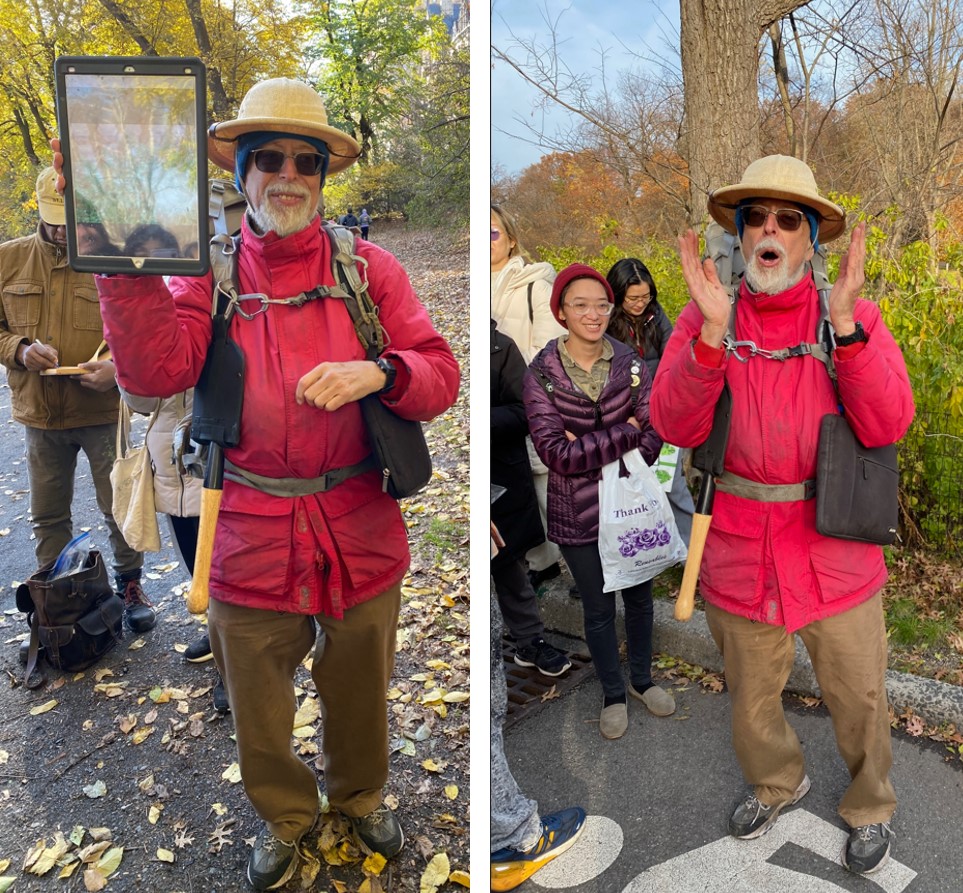
Steve often mentions how Native Americans use plants and how their knowledge influenced our understanding. Steve also observes aspects of the Native American concept of “The Honorable Harvest” discussed below. Although I took the tour with Steve through Prospect Park in December last year, Steve presented very different information in this tour. He recommends taking the tour in various seasons and locations at least 10 times to get a comprehensive understanding. The day flew by with a 30-minute lunch break during which Steve again offered some of the treats he had created from foraging.
Video: The Honorable Harvest
I took the 10-week 70-hour Fall Earth Matter Compost and Farm Apprenticeship Program on Governors Island, NY from 9:00-4:00 each Saturday from September 10 – November 19. That experience is documented in the Flip Books on my Urban Gardens Revolution site.
Before we went foraging during Week 6, we were asked to watch the video below by Dr. Robin Wall Kimmerer who is a professor at the State University of New York College of Environmental Science and Forestry. She is an enrolled member of the Potawatomi Nation ) “People of the Place of the Fire” and speaks a few words in the Potawatomi language, a member of the Algonquin family. The Citizen Potawatomi Nation is the federally-recognized government and represents over 37,000 tribal members. It acts under a ratified Constitution and includes executive, legislative, and judicial branches. The Potawatomi are located in the western Great Lakes region, upper Mississippi River, and Great Plains.
Dr. Kimmerer is a mother, scientist, decorated professor, and author of Braiding Sweetgrass: Indigenous Wisdom, Scientific Knowledge and the Teaching of Plants and Gathering Moss: A Natural and Cultural History of Mosses. She lives in Syracuse, New York, where she is a SUNY Distinguished Teaching Professor of Environmental Biology, and the founder and director of the Center for Native Peoples and the Environment.
Dr. Robin Wall Kimmerer Named 2022 MacArthur Fellow. “I’m deeply honored by this recognition as a MacArthur Fellow,” said Dr. Kimmerer. “I’m so grateful for the privilege of doing work that I love and for the people who have supported me along the way. This feels like an affirmation of the important contributions of generations of indigenous knowledge holders to how we care for the Earth. I think of the award as both a gift and a responsibility. I plan to continue my writing and teaching on behalf of land justice. The award will give me the time and creative space to finish writing a book that has been impatiently waiting for me and to deepen my commitment to the urgent work of climate activism.”
The Honorable Harvest with Robin Kimmerer
“What does ethical reciprocity between humans and the natural world look like? The Honorable Harvest reminds us how to take, use and share while mindfully honoring the indigenous legacies that teach us how to commune with our planet. Featuring Robin Wall Kimmerer, Professor of Environmental and Forest Biology at the State University of New York College of Environmental Science and Forestry.”
The “Honorable Harvest”: Lessons From an Indigenous Tradition of Giving Thanks
“The Honorable Harvest, a practice both ancient and urgent, applies to every exchange between people and the Earth. Its protocol is not written down, but if it were, it would look something like this:
Ask permission of the ones whose lives you seek. Abide by the answer.
Never take the first. Never take the last.
Harvest in a way that minimizes harm.
Take only what you need and leave some for others.
Use everything that you take.
Take only that which is given to you.
Share it, as the Earth has shared with you.
Be grateful.
Reciprocate the gift.
Sustain the ones who sustain you, and the Earth will last forever.”
Wikipedia says:
“Braiding Sweetgrass: Indigenous Wisdom, Scientific Knowledge, and the Teachings of Plants received the 2014 Sigurd F. Olson Nature Writing Award. By 2021, over 500,000 copies had been sold worldwide.”
Robin Kimmerer – Mishkos Kenomagwen: The Teachings of Grass | Bioneers
“Indigenous peoples worldwide honor plants, not only as our sustainers, but as our oldest teachers who share teachings of generosity, creativity, sustainability, and joy. By their living examples, plants spur our imaginations of how we might live. By braiding indigenous Traditional Ecological Knowledge (TEK) with modern tools of botanical science, Robin Kimmerer, professor of Environmental Science and Forestry, of Potawatomi ancestry, explores the question: ‘If plants are our teachers, what are their lessons, and how might we become better students’?”
Braiding Sweetgrass: Indigenous Wisdom, Scientific Knowledge and the Teaching of Plants is the most beautifully written book I’ve ever read.
Importance of The Original Instructions
We are now facing the Sixth Mass Extinction. When the Europeans came to the Western hemisphere, there were several inches of top soil. Now, there are just 6” left — enough to grow food for 60 years!
In the 2008 video Indigenous Native American Prophecy, actor Floyd Red Crow Westerman said Native Americans were told that they would see America come and go. He said, “In a sense, America is dying from within because they forgot the instructions on how to live on Earth”. He warned that people who do not know how to live spiritually on Earth likely will not make it. He explained that when Columbus came, that started the true First World War. By WWII, the indigenous population of the Americas had dropped from 60 million to 800,000! The Native American population in the US is currently 4.5 million.
 Original Instructions: Indigenous Teachings for a Sustainable Future
Original Instructions: Indigenous Teachings for a Sustainable Future
Where shall we find the wisdom to reverse course now? My Articles About Native America in my Urban Gardens Revolutions site shows that a growing number of Native Americans are stepping forward now to help guide humanity from the brink. We just have to be wise enough to listen and learn to follow.
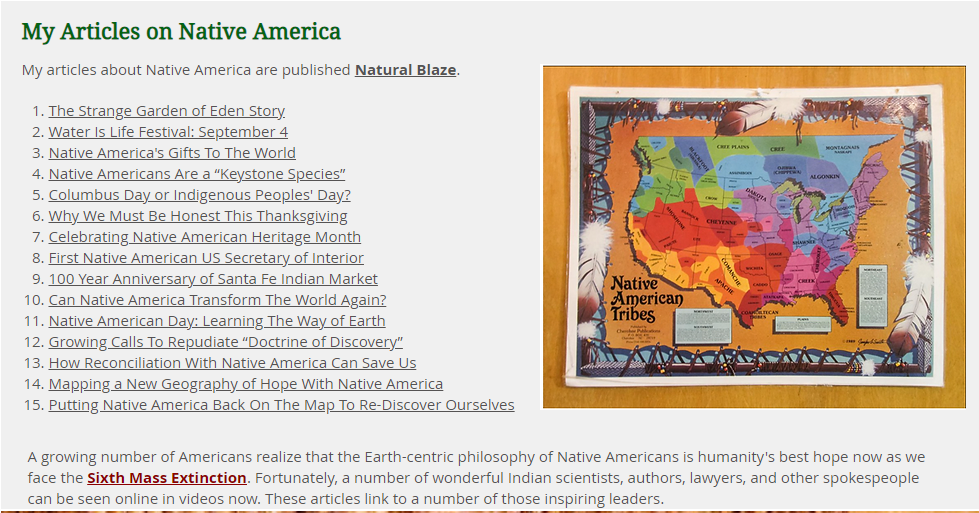
Paying Attention: Preserving Leaves
Professor Kimmerer points out that one way to become “indigenous” to the area where you live is to pay more attention to your surroundings. So, this fall, I began to notice leaves of trees I had never seen in decades of living in my neighborhood. I decided that next year, I will collect and preserve some of the leaves in wax as I used to do when I was little.
Serendipitously, on the last day of the Apprenticeship, each of us was shown how to make a leaf press to preserve leaves! I initially had just one flower and two leaves in my press, but now have all the ones shown below. However, while I can identify the maple leaves and Gingko Biloba, I don’t know which trees the other leaves are from! So, I purchased the Peterson First Guide To Trees.

I also picked up some Honey Locust pods shown below in which the seeds rattle, making the pods musical instruments! See Sweet Edible Honey Locust Pod Pulp Taste Test, American Honey Locust–unlocking the food, and Tree of the Week: Honeylocust.
Earlier in the season, the Honey Locust pods contain a sweet green edible goo — thus the name “Honey Locust”. Honey Locust Are Actually Edible says:
The young, tender pods can be cooked like green beans. Do not try this with older more mature seed pods. Their seed pods, if collected before they dry up in the fall, contain nice smelling goo. This goo is edible and has a sweet taste. The hard mature seeds are also edible and can be ground into a flour.
NOTE: While Honey Locust (Gleditsias) pods and seeds are edible, Black Locust (Robineas) pods and seeds are poisonous! Honey Locust vs Black Locust: What’s The Difference Between Both and Comparing toxic Black Locust pod and an edible Honey Locust pod explain how to distinguish between the poisonous Black Locust and the edible Honey Locust. Also see Locust Trees.
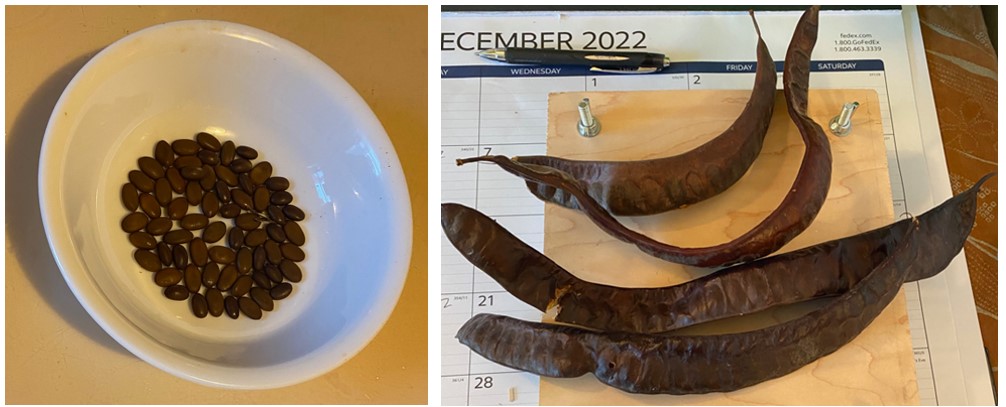
Earlier in the season, the pods contain a sweet green edible goo — thus the name “Honey Locust”. Honey Locust Are Actually Edible says:
“The young, tender pods can be cooked like green beans. Do not try this with older more mature seed pods. Their seed pods, if collected before they dry up in the fall, contain nice smelling goo. This goo is edible and has a sweet taste. The hard mature seeds are also edible and can be ground into a flour.”
This Autumn Leaves Identification Chart and Autumn Leaves Print were only a little helpful.
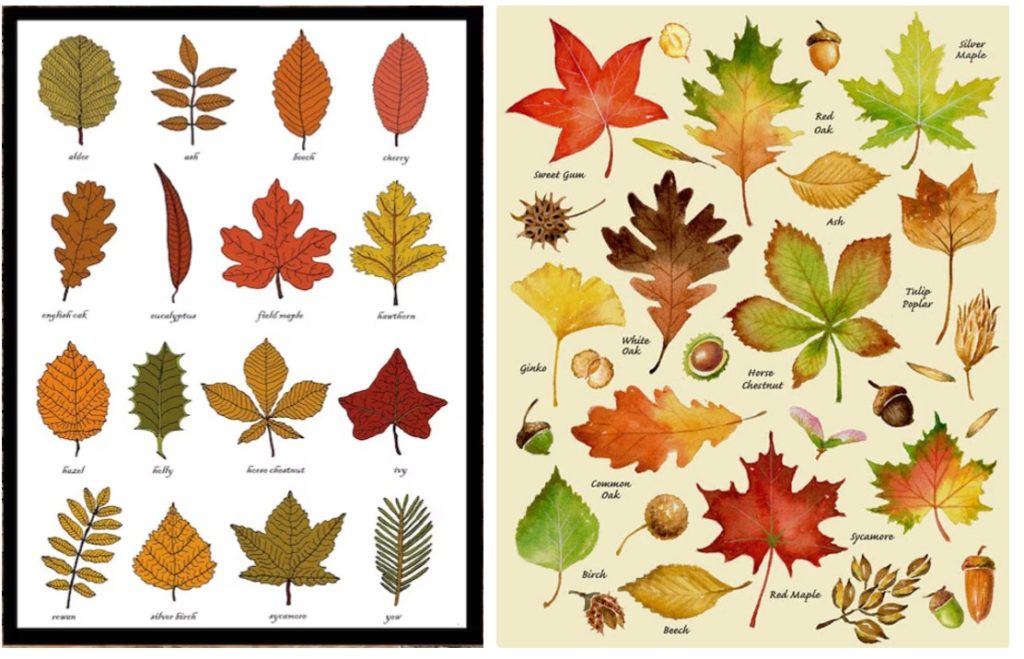
Field Guide to the Street Trees of New York City and New York City Trees are better.
Picture This Plant ID and Merlin Bird ID Apps
One of the Apprentices in the Earth Matter program recommended the Picture This app. It’s the best plant ID app I’ve found so far.
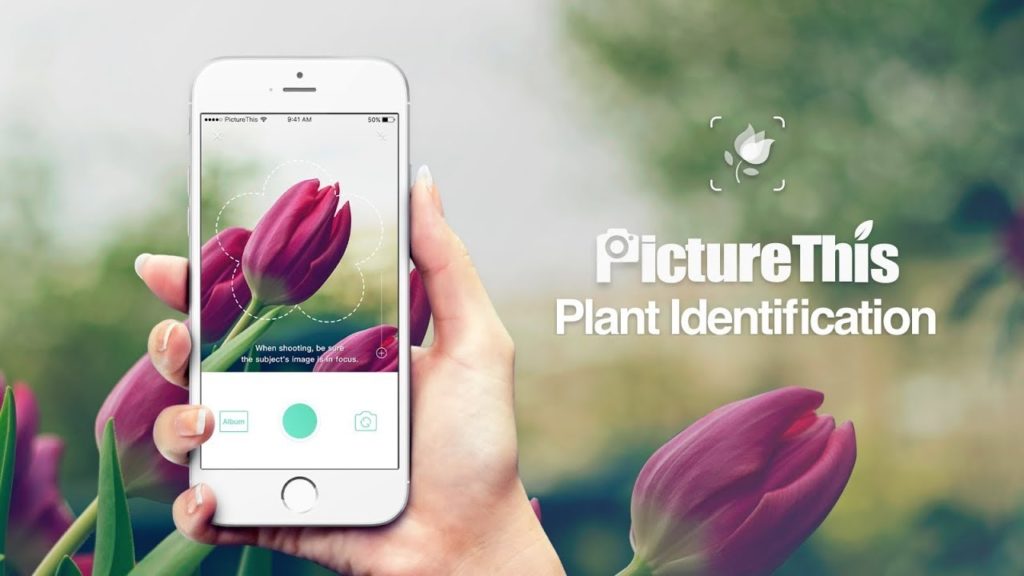
The free Merlin Bird ID app is very powerful. It even allows you to identify a bird by its song! When I went foraging with Steve last December, his daughter Violet co-led the tour. She is an avid birdwatcher who took some remarkable photos like the one below. Violet recommended the 2012 documentary “The Central Park Effect” which is available on Amazon Prime and as a DVD and she recommended The Life of the Skies: Birding at the End of Nature. Some people in my community garden are also deep into birdwatching. A group of birdwatchers in a park near me introduced me to this app.
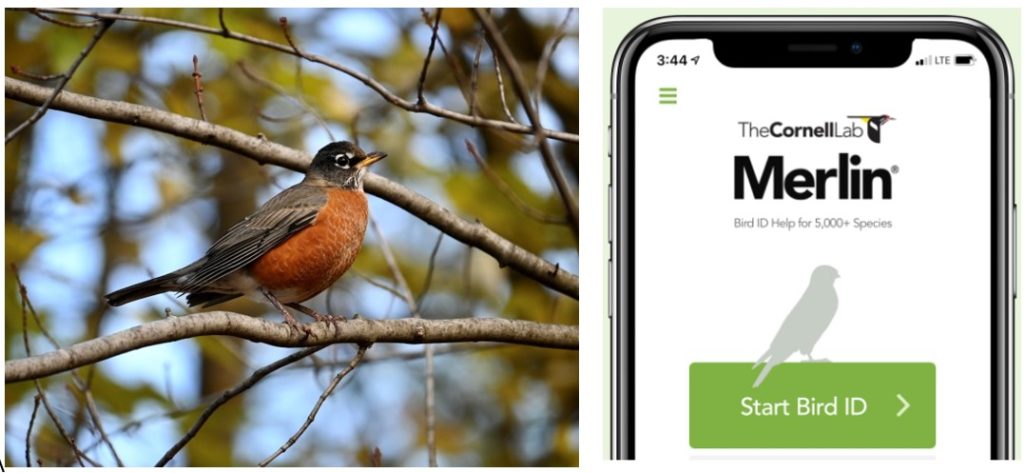
Great Yelp Reviews For “Wildman” Steve Brill
The Yelp review for “Wildman Steve Brill: at https://www.yelp.com/biz_photos/steve-brill-tour-new-rochelle?select=TB1oh5sPgq7ru2WW8_pKtA is very informative.
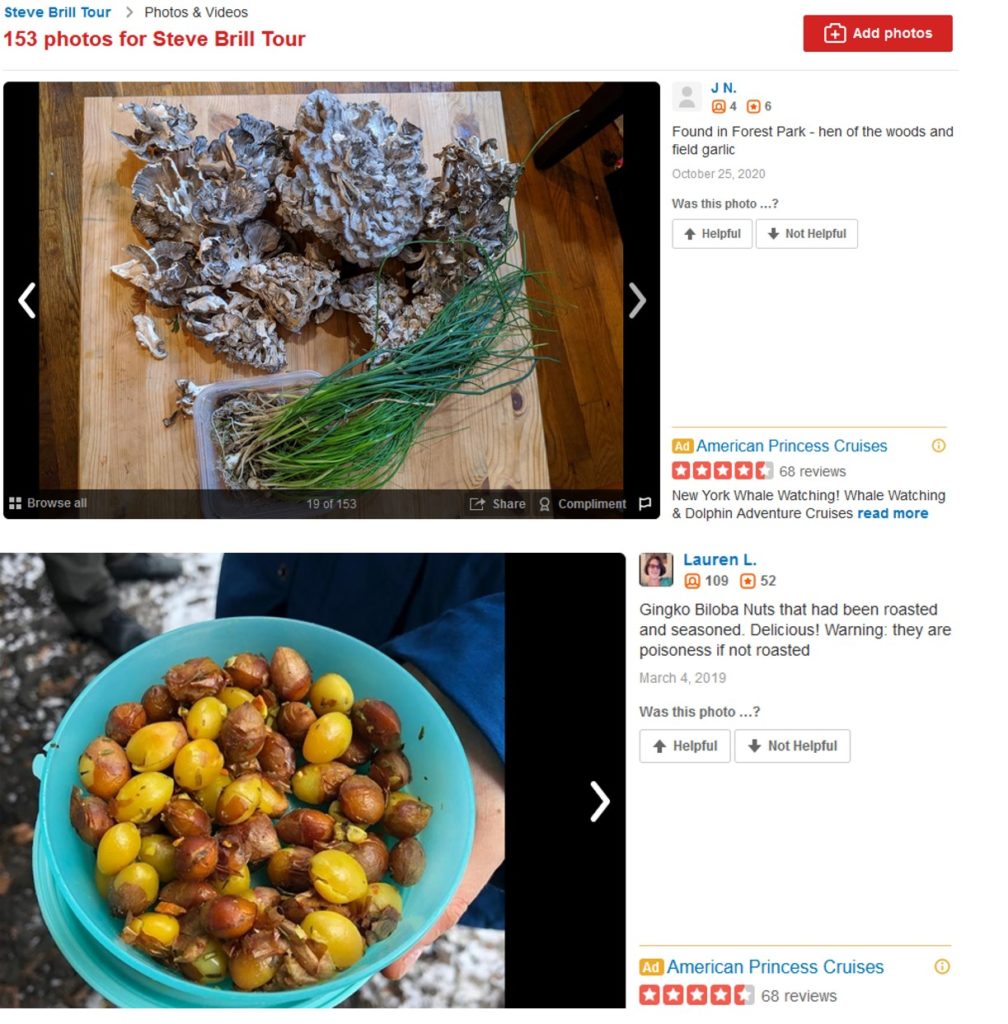
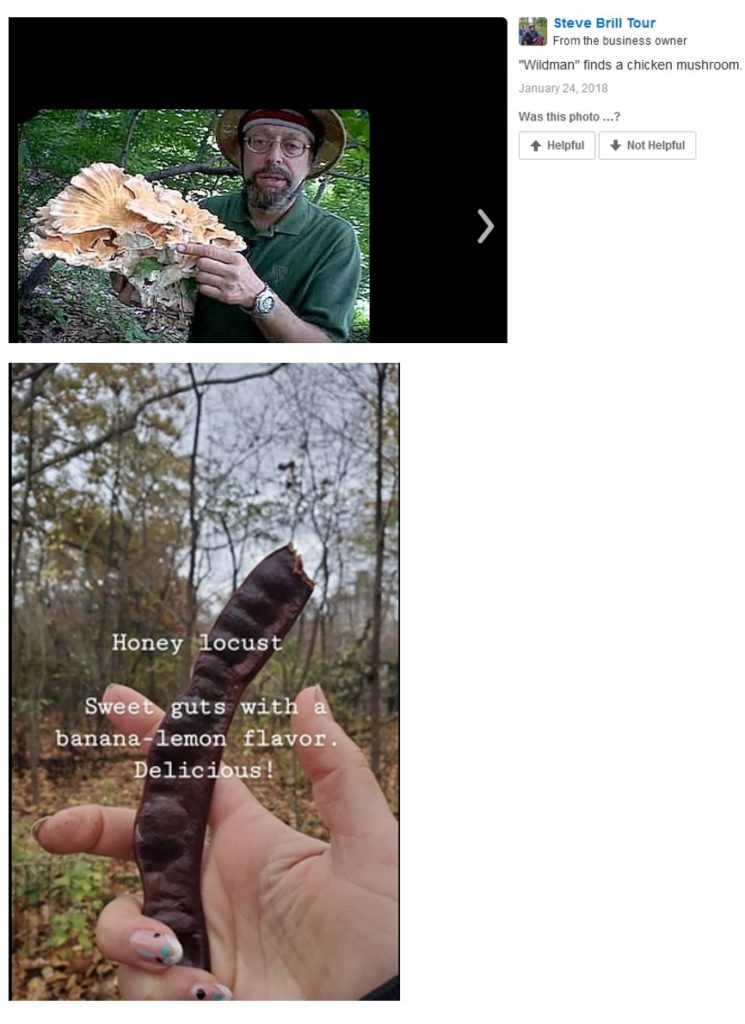
Urban foraging in New York City Central Park, With Wildman Steve Brill
“Inhabitat ventures into Central Park, New York City, with foraging guide Wildman Steve Brill to learn about common edible plants growing all around us.”
11 Easy Edible Plants for Beginner Foragers- Eating Wild Food
“Food is growing freely and abundantly all around us, but many of us walk past this food every day without ever noticing. In this video I share 11 easy plants to help you begin foraging along with some of my basic tips to help you comfortably get started. I’m here to help you realize that our food doesn’t have to come from the grocery store. It can come from our own communities and we can produce and harvest our food in a sustainable manner.
Here is the list of plants in this video: https://www.robgreenfield.org/easyfor…
See my beginner’s guide to foraging: https://www.robgreenfield.org/foraging
Find a forager to learn from in your region: https://www.robgreenfield.org/findafo…”
Foraging Books
Foraging 10 Common Garden Weeds and Wild Edibles
“Food costs are rising… Backyard foraging offers us a way to eat healthy food without spending money! Moreover, harvesting wild edibles doesn’t have to be a tedious. 9 out of 10 times, collecting edible weeds is more convenient than shopping for food at the supermarket! In this virtual foraging walk, Sergei Boutenko demonstrates how to safely identify and eat 10 common weeds and wild edible plants. This info is applicable to many parts of North America, Europe, Asia, Australia and beyond.”
The Complete Guide To Edible Wild Plants
Edible Wild Plants: Wild Foods From Dirt To Plate
Incredible Wild Edibles: 36 Plants That Can Change Your Life
Edible Wild Plants, Volume 2: Wild Foods from Foraging to Feasting
Edible Wild Plants: A North American Field Guide to Over 200 Natural Foods
Master the World of Edible Wild Plants: A Beginner Friendly Guide to Foraging
Edible Plants: A Photographic Survey of the Wild Edible Botanicals of North America
Nature’s Garden: A Guide to Identifying, Harvesting, and Preparing Edible Wild Plants
The Forager’s Handbook: A Seasonal Guide to Harvesting Wild, Edible & Medicinal Plants
The Forager’s Harvest: A Guide to Identifying, Harvesting, and Preparing Edible Wild Plants
Wild Edibles: A Practical Guide to Foraging, with Easy Identification of 60 Edible Plants and 67 Recipes
Note: It’s important to do your own due diligence when foraging.
Neenah Payne writes for Activist Post and Natural Blaze
Top image: Inhabitat/YouTube
